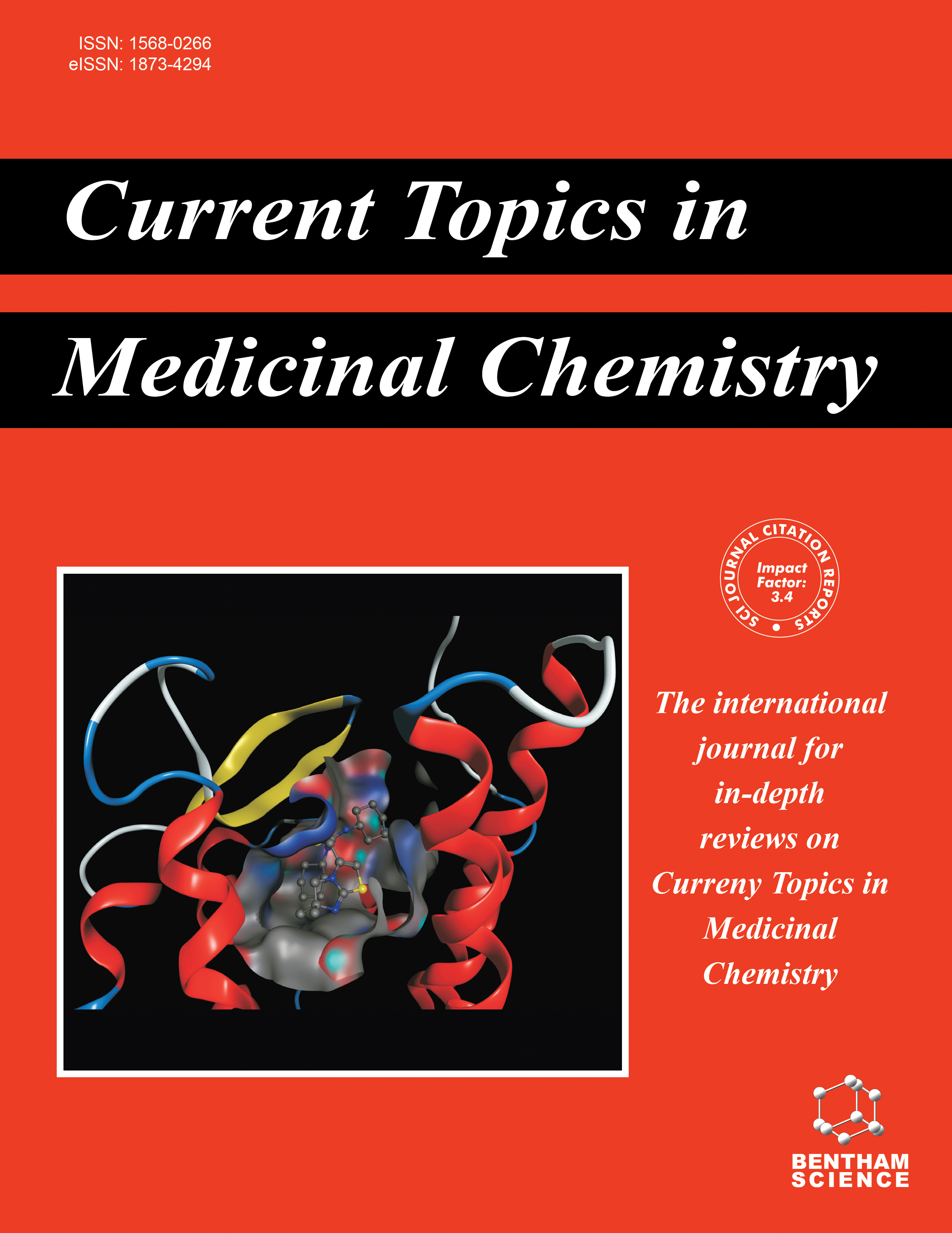
Full text loading...

Experimental-driven directed evolution has achieved remarkable success in enzyme engineering. However, it relies on random mutagenesis and high-throughput screening, both of which have certain limitations, particularly the randomness of mutagenesis and the extensive screening workload that slows down the method's rapid development. In contrast, computer-aided directed evolution combines computational simulations with experimental techniques, providing an efficient and precise approach to enzyme rational design and optimization. By integrating computational tools, researchers can streamline the enzyme design process, improving the accuracy of mutations and screenings, which in turn accelerates enzyme optimization. This review comprehensively introduces the commonly used methods and applications of computer-aided directed evolution, discussing the tools and techniques frequently used in protein sequence analysis and structural analysis. It also covers computational simulation and prediction strategies such as homology modeling, molecular docking, molecular dynamics simulations, machine learning algorithms, and virtual screening. These tools play a critical role in predicting the effects of mutations on enzyme function and optimizing enzyme performance. Moreover, the review explores widely adopted semi-rational and rational design strategies in enzyme engineering, which combine computational predictions with experimental validation to effectively improve enzyme performance. Additionally, the article delves into the challenges and bottlenecks encountered in applying computational technologies in directed evolution, including issues related to computational precision, data quality, and the complexity of enzyme-substrate interactions. Despite these challenges, the future of computer-aided directed evolution holds great promise, with advancements in computational power, machine learning, and multi-omics data integration offering tremendous potential to overcome current limitations.
In conclusion, this review aims to provide valuable insights for researchers in enzyme engineering, assisting them in developing new, efficient enzymes by integrating both experimental and computational approaches.

Article metrics loading...

Full text loading...
References


Data & Media loading...